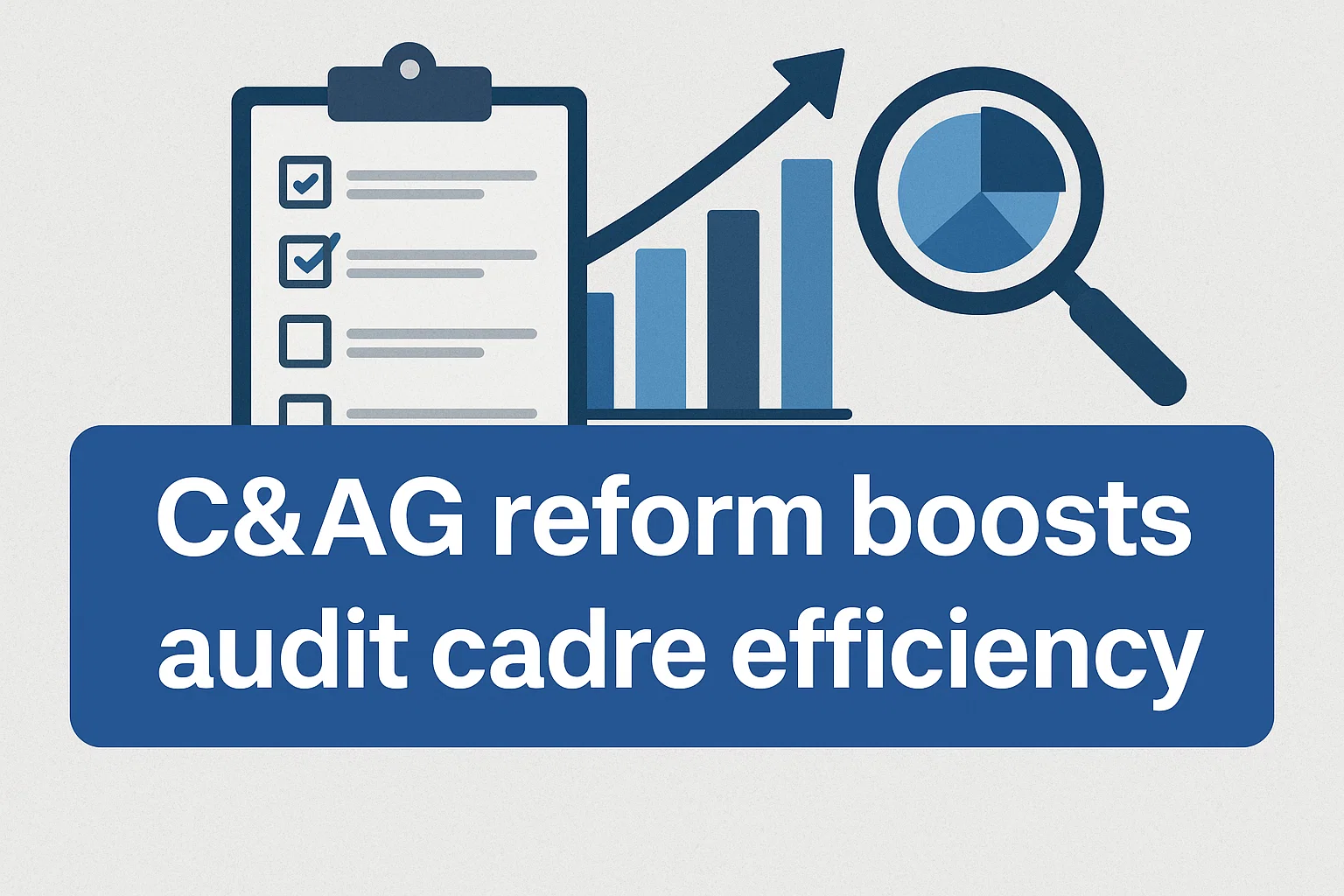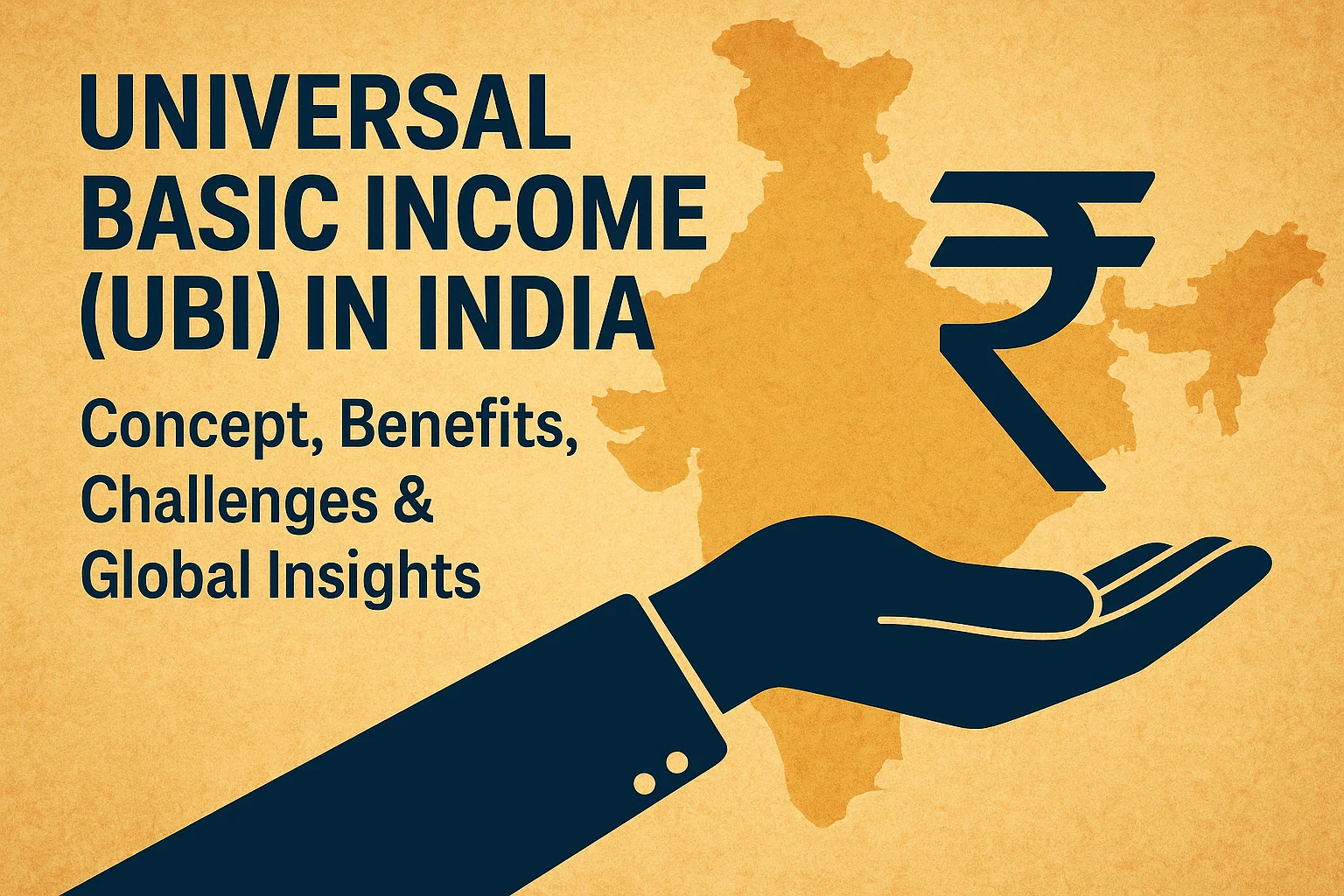Font size:
Print
Coastal Hardening and Loss of Sandy Beaches
Context:
The study highlights the alarming extent of coastal hardening—the construction of rigid, semi-impermeable structures along coastlines—and its implications for coastal erosion and beach loss globally.
- Coastal hardening significantly alters the natural landscape, exacerbating vulnerability to climate impacts, especially for regions with large coastal populations.
Key Findings of the Study:
- Extent of Coastal Hardening: 33% of global sandy beaches are now hardened due to human activity.
-
-
- Structures such as seawalls, harbors, roads, railways, and buildings contribute to hardening.
- The Bay of Bengal leads with 84% coastal hardening, followed by:
- Western and Central Europe: 68%
- Mediterranean: 65%
- Western North America: 61%
- East Asia: 50%
-
- Reasons for Coastal Hardening: Rapid population migration towards coasts since the 1950s necessitated protection against erosion and flooding.
-
-
- High-income countries with major seaports invest heavily in coastal infrastructure for economic and logistical reasons.
-
- Impact on Beaches and Shorelines: The study documents complete beach erosion in areas like Santa Cruz, California, where seawalls obstruct shoreline retreat.
-
-
- The US Atlantic Coast, Oahu in Hawaii, and Washington State also show similar patterns of gradual beach loss and landward shoreline migration.
-
- Vulnerability of Coastal Regions: Regions with high coastal populations—Bay of Bengal and Mediterranean—see 50-75% of the population living within 100 km of the coastline, emphasising the need for effective management.
-
-
- Vulnerable regions identified:
-
- Eastern North America
- Northern South America
- Mediterranean
- Bay of Bengal
- Western Africa
- Southeast Asia
Projections for Sandy Beach Loss:
- Future Scenarios Based on Emissions:
-
-
- Immediate action scenario (halving carbon emissions by 2050): Sandy beach loss could increase by 9-21%, with an estimated 42,080 km coastline loss.
- Business-as-usual scenario (current emissions continue): Beach loss could rise by 26%, leading to 52,080 km coastline loss.
-
- Erodible Beach Widths
-
- Regions with the narrowest erodible beaches: Northern South America, Caribbean, Southern Australia, Western Africa, and New Zealand.
- Regions with the widest erodible beaches: North-Eastern North America, North-Western South America, Central Australia, South Asia, and North-Eastern Africa.
Disparities Between Income Groups:
- High-income countries: Greater capacity to build and maintain hardening structures, leading to more severe beach losses.
- Low and lower-middle-income countries: Potential underestimation of hardening due to unmapped areas.
Greater vulnerability to erosion and sea encroachment, requiring external support for adaptation.


